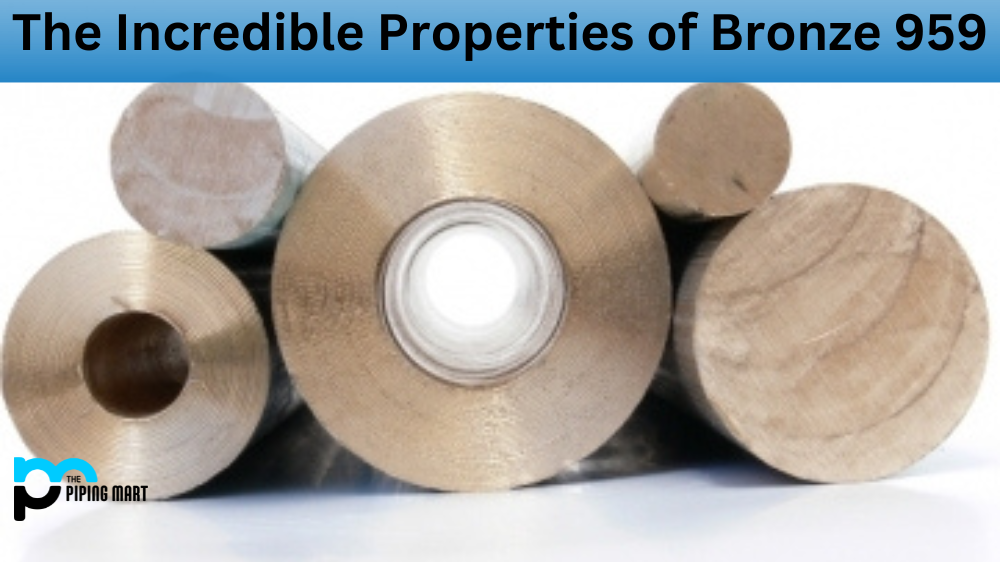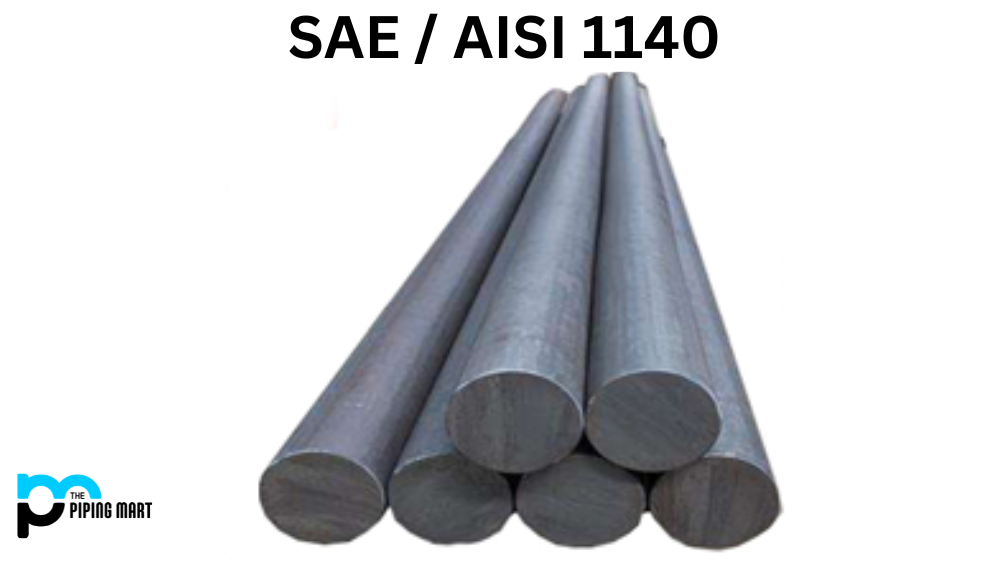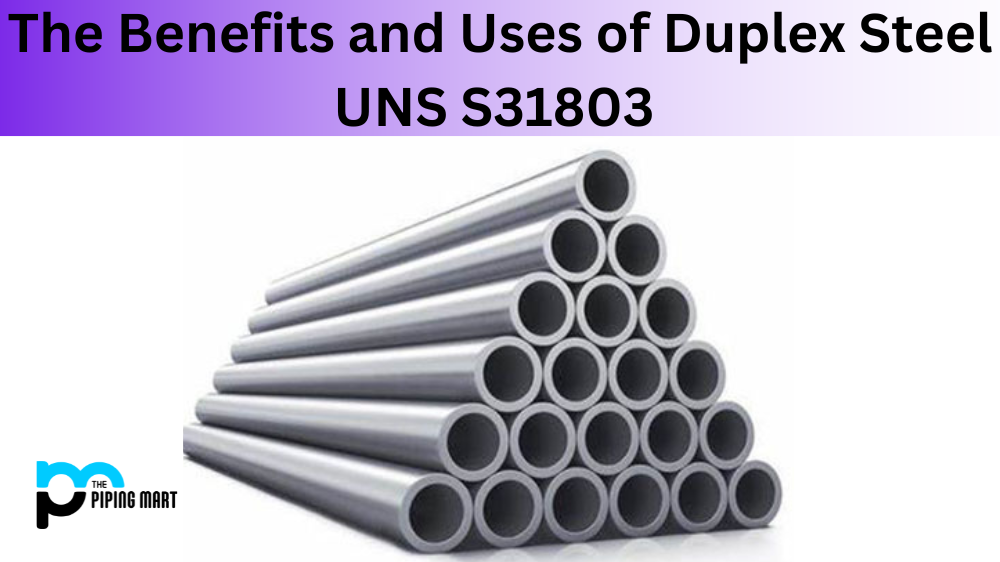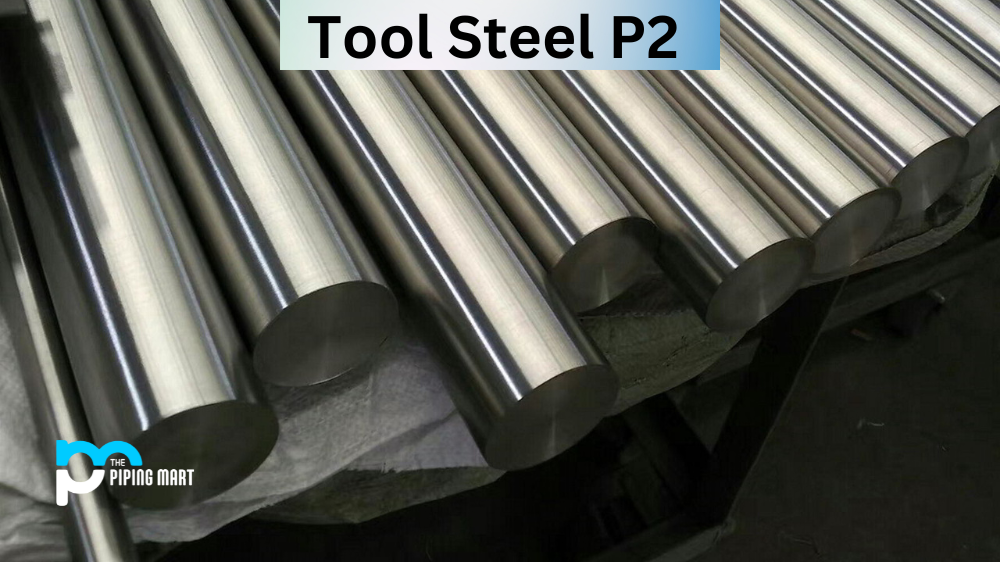C95900 is an alloy made from copper, tin, and other metals. It is a versatile material with many applications due to its high strength, low cost, and excellent corrosion resistance. This combination of properties makes it ideal for various uses, from small parts to large-scale structures. Let’s look at the composition and properties of Bronze 959 and explore its uses in further detail.
C95900 Composition
Bronze 959 comprises 90% copper and 10% tin and trace amounts of iron, lead, zinc, and other elements. This composition gives it a unique set of mechanical and physical properties that make it ideal for certain applications.
| Cu% | Fe% | Ni%1 | Al% | Mn% | |||||||
|---|---|---|---|---|---|---|---|---|---|---|---|
|
Chemical Composition according to ASTM B505/B505M-18
1Ni value includes Co.
Note: Cu + Sum of Named Elements, 99.5% min. Single values represent maximums.
|
|||||||||||
| Rem. | 3.00- 5.00 |
0.50 | 12.00- 13.50 |
1.50 | |||||||
C95900 Mechanical Properties
Bronze 959 has excellent mechanical properties, including high strength, good flexibility (the ability to be drawn into thin strands), and excellent wear resistance. These properties make it ideal for use in components that must be strong yet flexible enough to withstand stress without breaking or cracking. It also has excellent shock absorption characteristics, making it great for vibration-dampening components such as springs or shock absorbers.
| Tensile Strength, min | Yield Strength, at 0.5% Extension Under Load, min | Elongation, in 2 in. or 50 mm min | Brinell Hardness (3000 kg load) | Remarks | ||
|---|---|---|---|---|---|---|
| ksi | MPa | ksi | MPa | % | minimum BHN | |
| 241 | ||||||
C95900 Physical Properties
In addition to its mechanical properties, Bronze 959 has several advantageous physical properties that make it an attractive choice for many applications. It is highly resistant to corrosion due to the presence of tin in its alloy, which prevents the formation of rust or other corrosive compounds on its surface. It also has excellent heat resistance making it suitable for use in high-temperature environments where other materials would fail quickly due to thermal stresses or oxidation reactions with air or water molecules. Finally, the Bronze 959 has good machinability. Complex shapes can be easily created using machine tools such as lathes or milling machines without causing too much strain on the cutting tools used during the machining process.
C95900 Equivalents
| CDA | ASTM | SAE | AMS | Federal | Military | Other |
|---|---|---|---|---|---|---|
| C95900 | B505 B505M |
C95900 Thermal Properties
| Treatment | Min* | Max* | Value* | Time** |
|---|---|---|---|---|
| Stress Relief | 600 | |||
| Solution Treatment | 0 | |||
| Annealing | 1100 | 1300 | 1 |
C95900 Uses
Bronze 959 is a bronze alloy with numerous uses in the manufacturing industry. It was discovered by a team of materials engineers and designed to have exceptional machinability and strength. This new alloy is ideal for applications where precision and strength are essential, such as aerospace components, marine propellers and nuclear reactor components. Bronze 959 can also be used in the automotive industry, providing excellent resistance against wear and corrosion. Its soft composition also allows it to be shaped and forged into distinctive shapes. This material is easy to work with compared to other types of alloys currently in use, making it an ideal option for various industrial operations.
Corrosion resistance
Bronz 959 is a superior alloy developed by advanced research in metalworking and chemicals. It is popular due to its excellent corrosion resistance in both atmospheric and water solutions, making it suitable for high-performance applications. While other materials are prone to rusting or being affected by alkaline liquids, Bronz 959 offers superior protection and long-term durability even when exposed to environments that would corrode other materials. This makes it ideal for the most rugged environments making it a popular choice among manufacturers and those who need reliable alloys that can take a beating.
Heat resistance
Bronze 959 is an incredibly strong and resilient alloy with high heat resistance levels. It’s made with a combination of copper and silicon, and its strength and durability are often used in manufacturing aircraft, heavy machinery, and other industrial systems. In addition to its impressive heat tolerance, it’s also highly corrosion resistant due to its low-alloyed composition. Ultimately, Bronze 959 allows a variety of factions, from aerospace to automotive job sites, to benefit from a material that holds up well in the most demanding environmental conditions.
Heat Treatment
Bronze 959 is an alloy that requires unique heat treatment techniques for optimal properties. Through properly applied heat treatments such as softening, quenching, and tempering, it becomes more malleable and workable than the standard alloy. The result – better wear resistance, improved hardness and increased strength – makes this type of bronze a desired choice for industries requiring high-end products with superior results. From industrial components to hand-crafted tools, Bronze 959 provides a greater range of utility at a lower cost than other metals due to its ability to withstand higher pressure.
Welding
Bronze 959 welding is a convenient and cost-effective method for fabricating and assembling various projects. Its unique formulation makes it ideal for various applications, from home repair to automotive customization, due to its high hardenability, excellent corrosion resistance, weldability and machinability. Developed in the 1980s by Silicon Bronze Welding Company, the welding process offers impressive welding strength without breaking or cracking the base material, allowing for faster and more efficient fabrication. Additionally, Bronze 959 doesn’t experience “solidification concretions” during cooling like other welding processes and produces fewer fumes than electrical arc welders. For those seeking an all-purpose welding solution that combines durability and versatility with simple operation and cost-effectiveness, Bronze 959 is an ideal choice.
Machining
Working with bronze is an art form and requires a highly skilled machinist to achieve the desired result. Bronze 959 is a premium alloy that was originally developed for use in extreme-duty engines. Still, its use has become popular for creating high-end parts and products in many different industries. Machining this material involves precision cutting and drilling on delicate metals, requiring special machines with higher speeds and cutting widths than typical metals. This process also calls for coolants to ensure accuracy while protecting against hardening or distortion of the surface during the machining process. With state-of-the-art tools and experienced technicians managing the operation, Bronze 959 can be expertly machined into custom parts that meet exacting quality standards.
Conclusion:
In summary, Bronze 959 is an alloy composed primarily of copper and tin with trace amounts of other metals added to improve its overall performance. Its mechanical and physical properties make it ideal for many applications where high strength but flexibility are needed, along with excellent corrosion resistance and heat resistance capabilities. Furthermore, its good machinability allows precise shapes to be formed quickly without relying too heavily on expensive machining tools or processes like welding, which require more time-consuming post-processing steps after fabrication is completed. All these qualities combined make this alloy an incredibly versatile material that can be used for everything from small parts like screws or washers up to large-scale structures like bridges or buildings that need to withstand heavy loads while still being able to stand up against harsher environmental conditions such as saltwater exposure or extreme temperatures over long periods of time without degrading significantly over time. For these reasons, Bronze 959 remains one of the most popular alloys available today!

Meet Bhavesh, a seasoned blogger with a wealth of knowledge and experience. From metal products manufacturing to retail, Bhavesh has a diverse background in various industries and is dedicated to sharing his insights and expertise with readers.




